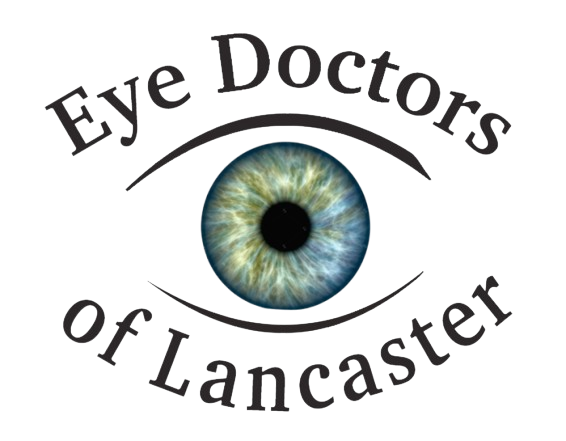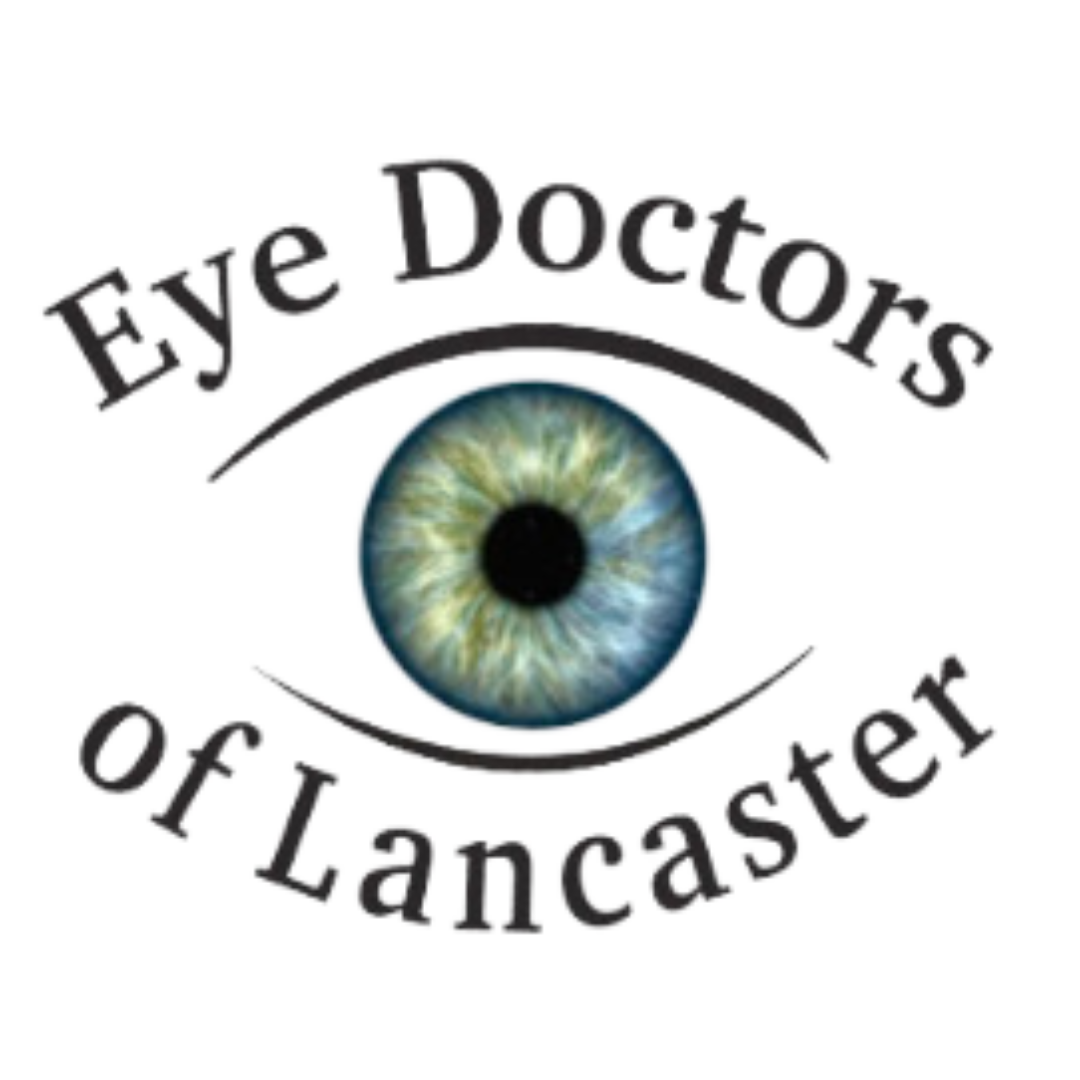Macular Degeneration
At Eye Doctors of Lancaster, we have devoted our lives to helping people see their very best and we are dedicated to providing all our patients the highest standard of eye care.
Age-Related Macular Degeneration (ARMD)
Understanding the Retina and Macula
The inside of the back wall of the eye is covered with a thin, transparent tissue comprised of multiple layers of neurons, or nerve cells. This layer, called the retina, is able to transform light energy into electrochemical energy, thereby changing it into the form that our nervous system uses to transmit information. The retina is very much analogous to the film in a camera. Light falls upon the film and changes the film chemically; presuming the light falling upon the film is well focused, a clear image should develop. But what happens if the film is of poor quality? No matter how clearly focused the incident light, a clear image can never be developed. The same is true for the retina. If the retina is unhealthy, it cannot create an accurate representation of even a well-focused image and therefore cannot send an accurate image to the brain. Although the retina covers two-thirds of the back wall of the eye, the portion of the retina that receives the focused light is actually about as large as the point of a pin! This region, called the fovea, lies within a somewhat larger area, about the diameter of a small pea, called the macula. This area has one of the highest metabolic rates in the entire body and receives one of the highest blood-flow rates in the body. This situation makes this area very susceptible to a number of problems. First, because metabolism is associated with waste products, this area must therefore produce and remove a very large amount of biochemical waste. In addition, this area is very sensitive to decreases in the quantity of blood flow or in the quality of that blood; if the blood is low in oxygen, this area will not function properly. Diseases that affect macular function because of abnormal blood supply are diabetes and wet macular degeneration. Finally, this area is very prone to poisoning because of its large blood flow and high metabolic rate. Dry age-related macular degeneration, or dry ARMD, is a disease caused by an apparent inability of the cells underlying and supporting the macula to remove the waste products made by the macula. This lifelong buildup of waste products leads to big problems!
Drusen, Choroidal Neovascularization and ARMD
The biological waste products that can accumulate in the macula are collectively referred to as drusen. Drusen seem to accumulate in the eye during the mature years, although there are conditions where drusen are seen in younger patients. Drusen are generally located beneath the retina, in a layer of cells called the retinal pigment epithelium, or RPE. The RPE backs the entire retina and serves as a crucial metabolic intermediary between the retina and the layer of blood vessels that feed the back side of the retina, the choroid. When drusen accumulate, they interfere with the functioning of the RPE, and this in turn interferes with the functioning of the outer layers of the retina. As this process advances, the RPE cells atrophy or undergo cellular death. Without functional RPE cells to support the photoreceptors, these outer retinal cells also dysfunction and begin to affect central vision. Eventually, the photoreceptors of the retina also atrophy, and this slowly progressive disease is called dry (or nonexudative) macular degeneration. In addition, as the RPE cells dysfunction, the barrier they form between the retina and the choroid can breakdown and microscopic holes can develop. Sometimes after this happens, the choroid in that area sends new capillaries into the hole and under the retina. This condition is called choroidal neovascularization. The new vessels are not useful and not healthy. They leak blood into the space below the retina and prevent the retina from functioning. This accumulated blood can actually lift the retina up away from the RPE and further compromise the metabolic support of the retina. It can seriously decrease the fine vision that permits central detailed viewing.
Monitoring
As the patient ages, so does the retina. The patient and the eye doctor must stay vigilant looking for new evidence of disease. The doctor will usually give the patient a home-testing card, called an Amsler grid, which can be helpful. This self-screening tool will allow the patient to catch new symptoms as early as possible so that any wet AMD is caught and treated quickly.
Nutritional Therapy
When age-related-macular-degeneration occurs without the presence of new abnormal blood vessels, the condition is called “dry ARMD”. Although research to treat this degeneration is ongoing, no proven cures are available. However, there are still things an ophthalmologist can recommend that may slow the progression of the problem. Since smoking has been linked to ARMD, the cessation of smoking must be strongly urged. Second, tight control of systemic diseases such as high blood pressure, high cholesterol or diabetes is advised. Third, appropriate nutrition including supplemental anti-oxidant vitamins and minerals, as recommended in the pivotal Age Related Eye Disease Study (AREDS 2) is recommended for all patients with moderate stage ARMD or worse.

